Artist Matthew Leifheit’s new book, To Die Alive, explores his evolving relationship with the famed gay mecca of Fire Island, which lies off Long Island’s southern coastline, east of New York City.
Having first visited in 2015 – for a VICE story on generational change in the island’s gay scene – Leifheit returned in 2017 and started photographing those he met there, the Island’s famed parties, public and private sex spaces and eventually, as well as wholly unexpectedly, its landscape.
Videos by VICE
The project ended up taking five years to complete, during which time Leifheit photographed by night making use of moonlight, high speed film and long exposures to create a turbulent nocturnal vision of a place that is facing down huge cultural and environmental change. The book, which boils all of that work down to just 77 images, combines intense portraits, riotous group shots and landscapes to create a complex picture of an ever-changing locale, and Leifheit’s own shifting feelings about it.
VICE: Do you remember first being aware of Fire Island?
Matthew Leifheit: I think the first time I heard of Fire Island was in an NPR story by David Sedaris about having an encounter with this guy who used, “Have you been to Fire Island?” as shorthand for “Are you gay?”. I went there in 2015 for a VICE story titled something like “Can Young Gays Enjoy Fire Island?” Though it is naturally very beautiful, it’s also kind of sleazy. It’s so intensely gay, and homo-social, everyone running around in jockstraps. At that time, I was thinking, ‘I’m not this kind of gay’.

What got you back there photographing?
When I was in grad school I started looking at photographs by the collective PaJaMa. They spent a lot of time in Saltaire, which is not the gay part of the island, in the 1940s, making surrealistic photos of the weird landscape, including the maritime holly forest made up of these twisted, bonsai-like holly trees. I went back in 2017 and started photographing in earnest. I have mostly been photographing there since.
How did the project change over time?
I think in the beginning I was channeling my own perception of Fire Island, it was more about a cultural fantasy of the place. I was photographing a lot at this famous underwear party at the Ice Palace Bar where you get a discount on the ticket if your underwear doesn’t have a butt. Over time I kind of established my own relationship to the place. It became about my experience of the people I encountered, and eventually about the landscape.
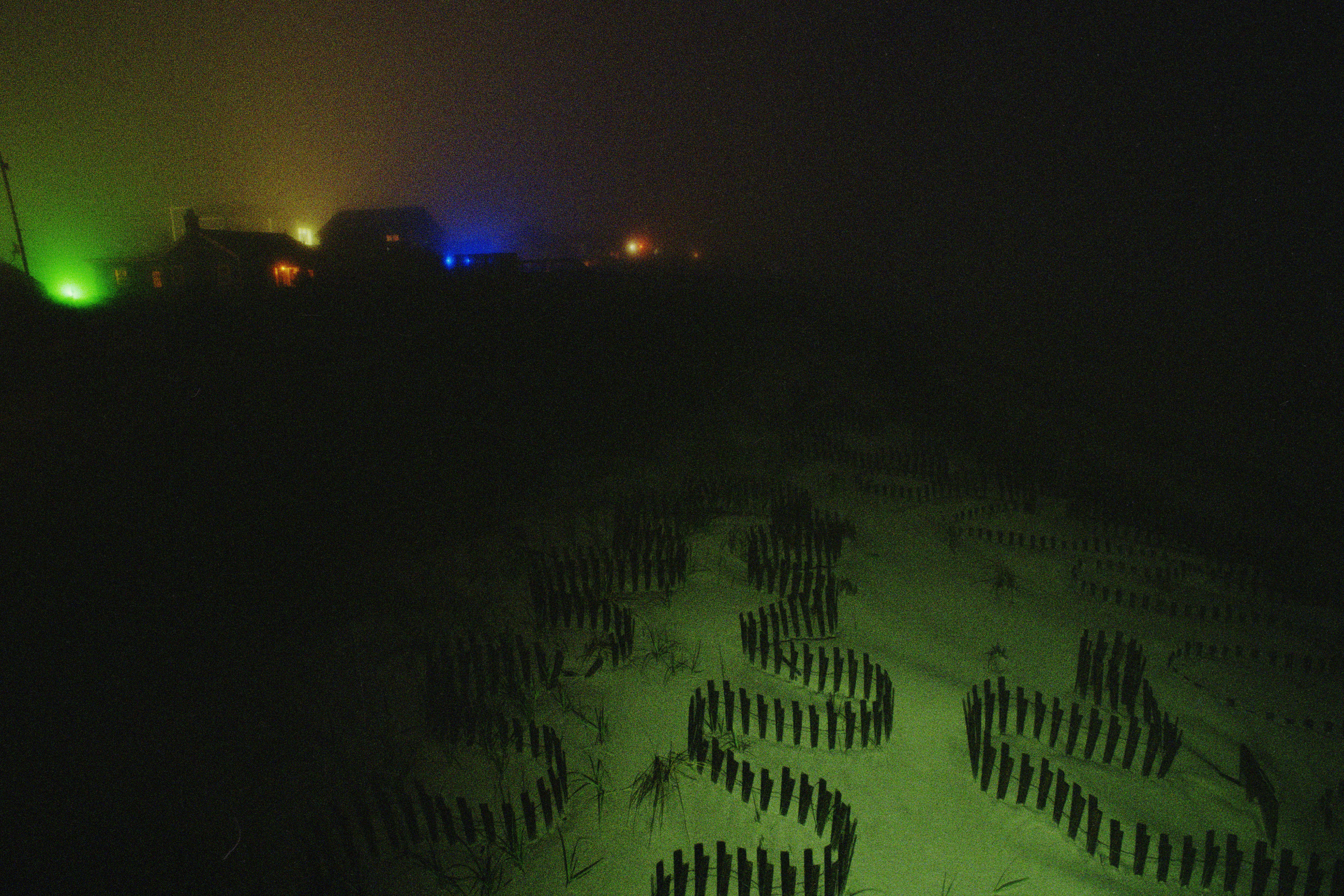
Can you talk me through the more complex group images? That’s a totally different aspect of the book.
I was really obsessed with making these complex, choreographed, multi-figure compositions. Photographing a group of people in a way where I could direct them. I had never done it before, and Fire Island is a place where more people are open to taking part in a sort of performance… I wouldn’t go in there with a flash and try to take candid pictures. It’s not who I am and it seems invasive. I felt like staging images was the only way to show the place. I needed to have the people be part of the process, bringing a sense of performance into it.
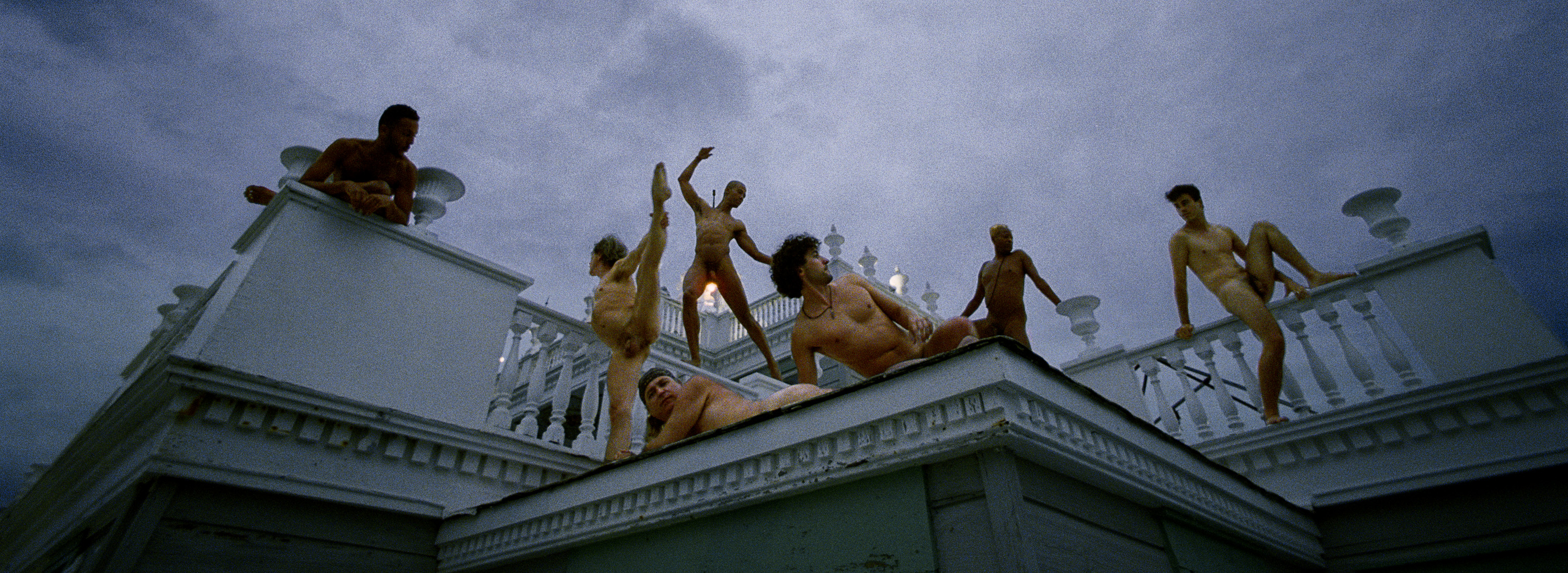
There’s also a darkness to the work and to the book’s overall feel…
Part of the thing with the island is that it’s under threat of erosion – due to global warming. The beach changes shape every year, which is beautiful in relation to ideas about queer identity, but it does seem like a place where we can kind of foresee its demise. It’s a fragile ecosystem.
A park ranger friend told me that the landscape peaked in the 1970s, and is now in decline. I think it’s interesting that fags, which is the identity category I belong to, also – some would argue – reached their peak in the 1970s. The culture of homosexual men was beginning to thrive following hard-won sexual and legal freedoms, just before the AIDS crisis hit. I think it’s interesting that Fire Island – which was such a site of that thriving – has an ecosystem that mirrors the evolution of my people.

There’s also the cultural threat to Fire Island, right?
All the photographing I have done over recent years is really about gay culture, and specifically what I call “fag culture”. Everyone in the book is not a man, but most of the people in these spaces, like the cruisey underwear parties, are men. It’s overwhelmingly a homo-social space. A lot of the photos were taken in the Belvedere Hotel, which is a men-only guest house.
I think younger people increasingly have less use for these rigid terms for identity, these categories. They fly in the face of queerness and progress. I think that’s a good thing. But there is also a cultural loss that will happen, when gay people who were so subversive that half a century ago they were illegal, are now seen as a privileged group, one almost aligned with straight culture. I think these spaces will undergo a lot of change. It’s necessary and important change, but there will be cultural loss.

The work has a sort of a hallucinatory, full-on feel. It’s extremely intense.
I think that is what all of my work has in common: an emotional intensity that is almost too much. The return of the gaze is a little too intense. That’s the way that my work is campy: It’s so overwrought that it almost becomes funny. A friend of mine called me “an artist of gay nightmares”, and I feel like that’s true.
It is unusual to see such a frank view of the sexual side of the place.
A lot of what people know of Fire Island comes from Tom Bianchi’s photos, which were really photos of 70s clone culture. Gay people adopted a sort of uniform, based on a working class look in order to feel that they could belong to a culture that had rejected them. A lot of those older photos are of muscly men in Speedos posing in the sun, there is of course a darkness to it. I look at those images and think ‘all those people died’ [during the AIDS crisis]. It’s no longer transgressive to show a hot guy posing in the sun. I am not really looking mostly at stereotypically hot people. I’m not looking at clones.

Do you feel like the book is on balance celebratory, or more melancholic, dwelling on a place that’s changing in so many ways?
I think it’s about me trying to look at something I feel very complicated about because of my own experience of sexuality. A lot of it is about generational priorities, but also me aging as a queer person – it’s such an intergenerational place. The book is neither a celebration or a critique, I hope it conveys my own complicated feelings about the place.
I feel like the ideal place for this book is in a Barnes & Noble in the Midwest, where some teen – someone who didn’t know this world existed – finds it and has this complicated experience of sexuality. I feel like if someone masturbates to it and then feels weird afterward, that would be a success.
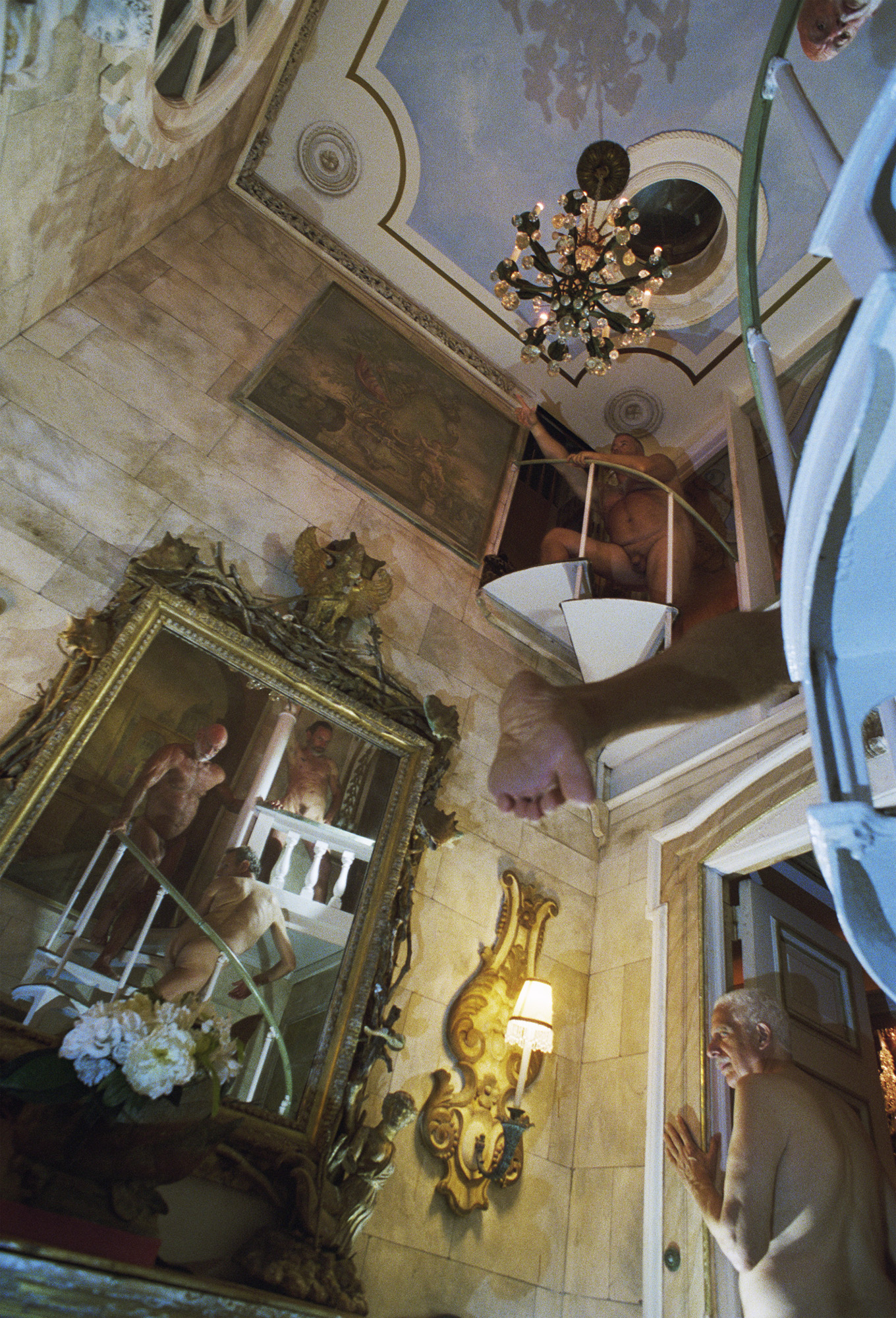
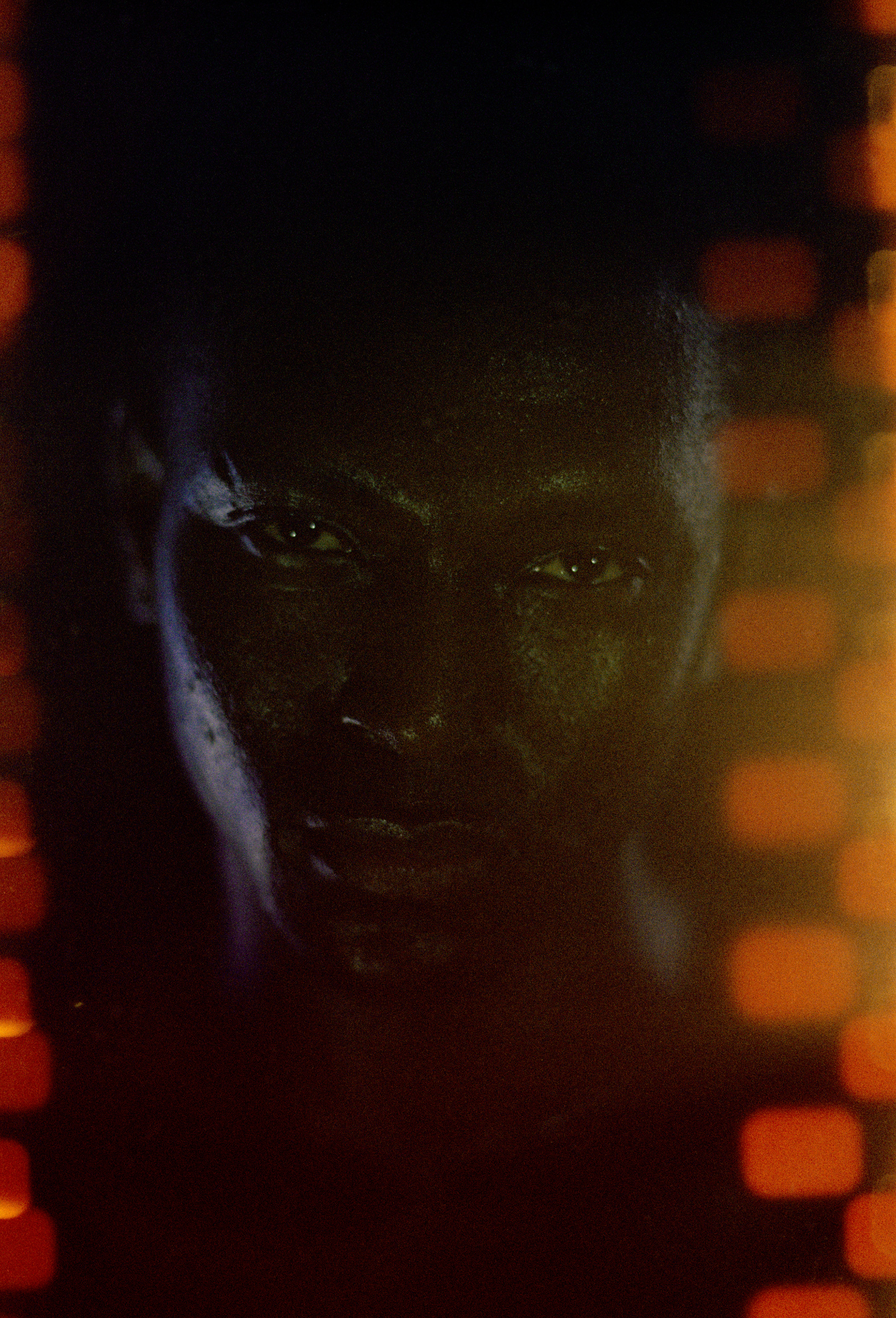



More
From VICE
-

-

All photographs by Adam Rouhana -

(Photo via South_agency / Getty Images) -
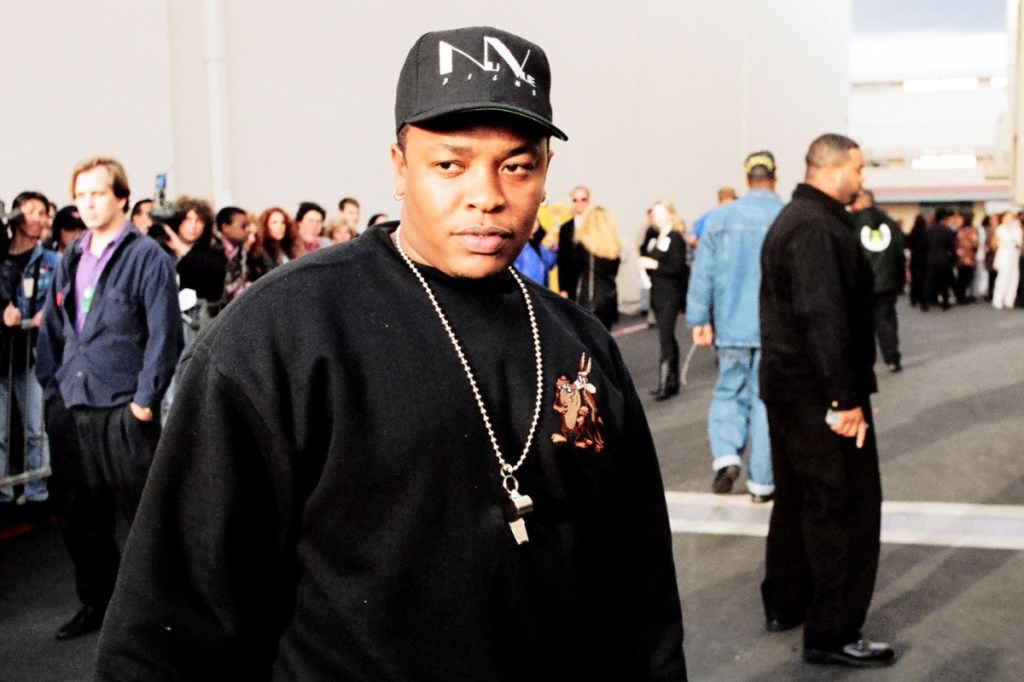
Jeff Kravitz/FilmMagic/Getty Images
